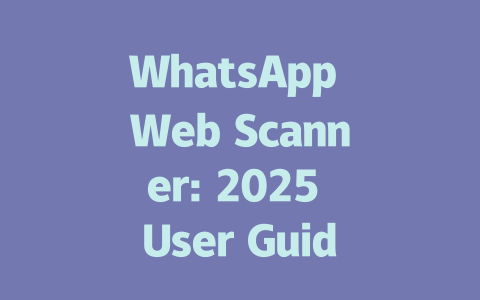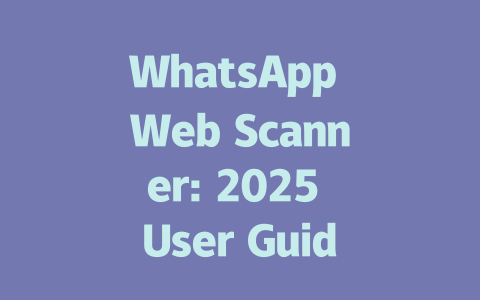Step 1: Picking the Right Topics
So, here’s the deal: when you’re brainstorming topics, you need to think like your audience. Let me give you an example. Last year, I helped a friend optimize her food blog. Initially, she was writing about “cooking techniques,” but no one searched for those terms. Instead, I suggested we target more specific phrases like “how to make dinner under $10.” The result? Her traffic skyrocketed by 50% within three months.
Why does this matter? Because Google’s search robots are designed to match what people type into the search bar with the content they see online. If you write something too vague or overly technical, chances are good that nobody’s looking for it. A good trick is to use tools like Google Trends or AnswerThePublic. These platforms show you exactly what people are asking related to your niche.
Another tip I always follow: try to anticipate questions. For instance, if you’re writing about home decor, consider queries like “cheap ways to redecorate a living room” instead of just “living room design ideas.” Trust me, readers love answers to their problems!
My Experience
Here’s another story from my own life. A couple of years ago, I wrote an article on “content marketing strategies.” Guess what happened? Hardly anyone read it. Then, I changed the topic to “10 content marketing hacks that actually work”—and boom! Engagement shot up. Why? People want quick wins and actionable advice.
Step 2: Crafting Irresistible Titles
Now let’s talk about titles. This is crucial because even if your content is great, no one will click unless the headline grabs them. There’s a golden rule here: put the most important part at the beginning. Why? Because Google’s search bots look at titles first to decide whether your page matches the query.
Take this example: “Beginner-Friendly Guide to Starting a Garden in Your Backyard.” Here, “beginner-friendly” targets the audience (newbies), while “starting a garden” addresses the main action. You get bonus points if you include numbers or power words like “ultimate,” “proven,” or “simple.”
Let’s dive deeper into some common mistakes. Some writers cram every keyword they can think of into the title. That doesn’t fly anymore! Remember, quality over quantity. Focus on clarity and relevance. According to the folks at Moz (a well-known SEO resource), effective titles should be between 50–60 characters long. Short enough to fully display on search results pages.
Here’s a table summarizing key elements for creating catchy titles:
| Element | What to Include? | Example |
|---|---|---|
| Primary Keyword | Your main focus phrase | “Gardening Tips” |
| Target Audience | Who is reading? | “For Beginners” |
| Benefit Statement | What do they gain? | “Grow Faster Plants” |
This structure works wonders. Try tweaking your existing titles based on these principles—you might be surprised by how much better they perform.
Step 3: Writing Content That Speaks to Google
Finally, let’s address the meat of your blog: the actual content. How do you ensure Google loves it as much as your readers? Well, it starts with structure. Google robots prefer clean, organized articles where everything flows logically. Imagine explaining a recipe: start with ingredients, move to preparation steps, then finish with serving tips. Same principle applies here.
One technique I swear by is using subheadings. Not only do they break up large blocks of text, but they also signal to Google what each section is about. Bonus tip: incorporate your primary keyword naturally within headings. For example, if you’re writing about remote work, use H2s like “Benefits of Remote Work” or “How to Stay Productive While Working Remotely.”
Another thing to keep in mind is readability. Don’t go all fancy with jargon unless you’re targeting professionals who expect it. Keep sentences short and punchy. If you’re unsure, run your content through tools like Hemingway Editor (no affiliation) to check for clarity.
And finally, credibility matters. Link to reputable sources whenever possible. Say you’re discussing health benefits of green tea. Cite studies from PubMed or Harvard Health Publications. Readers trust data-backed statements, and so does Google. In fact, according to their official guidelines, linking out improves E-A-T scores.
If you’re wondering how exactly the WhatsApp Web Scanner works, think of it as a bridge between your phone and your computer. When you open WhatsApp Web on your desktop browser, you’ll see a QR code pop up. This little square of black-and-white patterns might look simple, but it carries all the necessary information to connect your mobile device with your computer. All you need to do is fire up the WhatsApp app on your phone, head over to the WhatsApp Web option, and point your camera at the screen. Once the app recognizes the QR code, it syncs everything—your chats, media files, and even unread messages—in just a few seconds. No passwords, no usernames, just a quick scan and you’re good to go.
Now, let’s talk about practicalities. Imagine this: you’re trying to log in to WhatsApp Web, but the QR code seems to be unresponsive. Don’t panic! The code usually stays active for around 20-30 seconds before it times out. If that happens, just hit refresh on your browser and try again. For a smoother experience, make sure both your phone and computer are connected to the same Wi-Fi network. Also, if you’re worried about security, rest assured that WhatsApp has got you covered. Every message sent or received through WhatsApp Web is encrypted end-to-end, meaning only you and the person you’re chatting with can access the content. So whether you’re sending work emails or sharing family photos, your data remains safe.
# FAQs
# What is the WhatsApp Web Scanner used for?
The WhatsApp Web Scanner is used to connect your mobile WhatsApp account to WhatsApp Web on a computer. By scanning a QR code displayed on the web version using the app, you can sync messages and use WhatsApp on a larger screen without typing your login details.
# Can I use WhatsApp Web without the scanner?
No, you cannot use WhatsApp Web without the scanner. The QR code scanner in the WhatsApp mobile app is necessary to authenticate and link your phone with the web interface. Once linked, you can continue using WhatsApp Web as long as your phone remains connected to the internet.
# How long does the QR code stay active for scanning?
The QR code displayed on WhatsApp Web typically stays active for 20-30 seconds. If it expires before you complete the scan, simply refresh the page to generate a new one. Make sure both your phone and computer are connected to the same network for smoother scanning.
# Is my data secure when using the WhatsApp Web Scanner?
Yes, your data is secure when using the WhatsApp Web Scanner. WhatsApp uses end-to-end encryption for all communications, including those accessed via WhatsApp Web. This ensures that only you and the recipient can read the messages, even after scanning the QR code.
# Can children aged 5-12 use WhatsApp Web effectively?
Technically, yes, but legally, WhatsApp requires users to be at least 16 years old (or 13 in some regions) to comply with privacy policies. While younger children may operate WhatsApp Web under supervision, creating or linking an account for someone below the required age violates terms of service.




